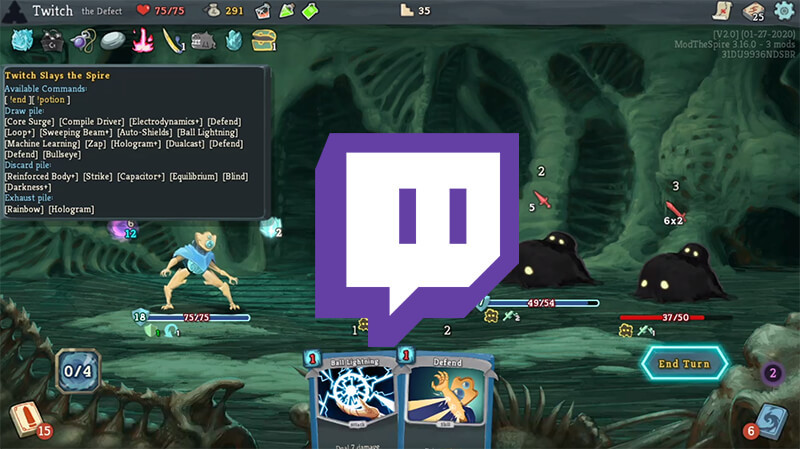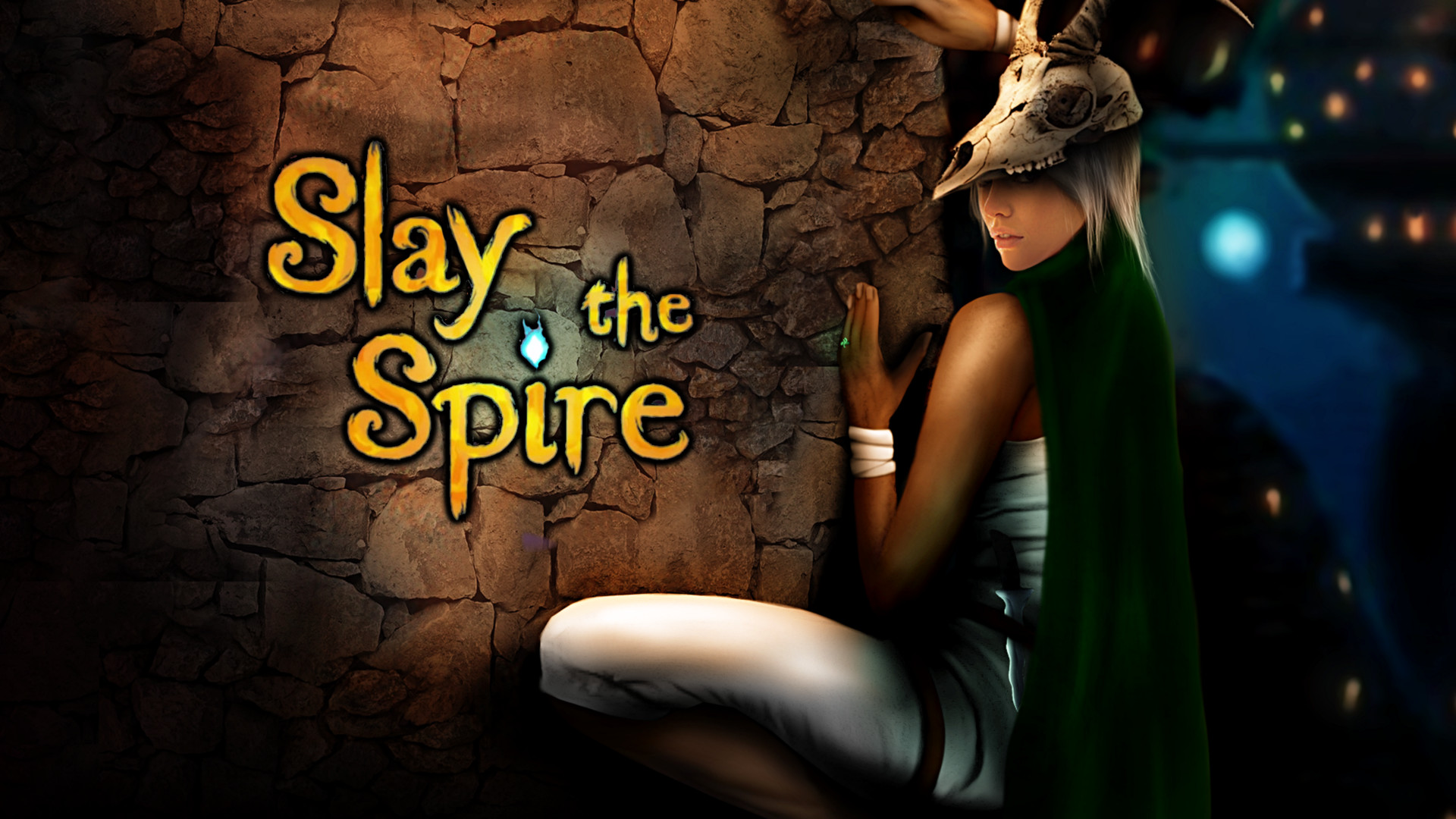
And the only reason I put it down at all was because my battery ran out I wanted to write this review.īefore we get into some specifics, be sure to watch the announcement trailer here if you're not familiar with Slay the Spire: That's not so good for my productivity, however, because I'm going to be spending lots and lots of time attempting the climb. That's great for yours truly since I'm still rocking an ancient Galaxy S7 (I know, I know.) But I'm happy to say Slay the Spire runs great even on five-year-old hardware.
#Slay the spire android#
While Slay the Spire has been entertaining and challenging players since 2017's Early Access on PC, 2019's release on consoles, and last summer's debut on iOS, it's now available on Android mobile devices as of this very day. But good luck doing so you're gonna need it!

Every path is different, every choice you make can affect your fate in the very next step or 100 steps later, and every victory brings you one breath closer to, well, slaying said spire. The roguelike deck-building card game, hailing from studios Mega Crit and Humble Games, sees you take control of a heroic character who embarks on a branching path up the spire, battling enemies, obtaining loot, and risking life and limb as you go. Across all three characters, loading up on block was the common thread in my wins.Over the last few years, PC/console players everywhere have been equal parts addicted to and frustrated by Slay the Spire.
#Slay the spire crack#
Tracking down the relics and cards to create ample defense is by no means automatic, but there simply aren't many monsters or bosses that can crack a 100-HP barrier that persists over each turn. One other poke I'd make: I don't love that blocking damage feels so central to victory. Darkest Dungeon remains the pinnacle of this style of art for its skull-rattling 2D combat camerawork, and Slay the Spire might've benefited from this kind of cinematic flare. Enemies don't animate a whole lot, and as I battled these monsters again and again I found myself exclusively looking at the cards in my hand rather than taking in the fight. Slay the Spire's playful fantasy art, on the other hand, contributes less to the joy of its combat.
#Slay the spire full#
When this deck is in full motion, it's a chorus of stacking steel as a dozen shivs leave your hand as quickly as they enter. Over four or five combat rounds, your pinpricks transform into gouging, 40-damage swings. This 'death by a thousand cuts' build is all about playing as many 0-cost attack cards as possible in order to accumulate absurd strength and defense bonuses through relics. One deck type for The Silent became one of my favorites because of the sound it made. Ditto the quintuple-tap thud of the Silent's Flechettes against a lifebar, or the toxic clink of Bouncing Flask as it spills poison over random enemies. The glacial crunch when my Defect drops multiple frost orbs is ear candy. The audio does most of this work, serving up expressive sounds that convey motion and impact in addition to training your brain on fine details like status effect triggers. I'd also love to see a few extremely rare events, something that produces that one-in-a-thousand feeling I get when The Mysterious Stranger shows up in Fallout.Ī little remarkably, there are moments when Slay the Spire feels like a turn-based fighting game. Random events also line the path, and while some pose interesting choices (like whether to halve your max HP in exchange for vampirism), my complaint is that some of the events have clearer-cut good and bad choices. But in earlier acts, I also want to fight as many Elite enemies as I can, which drop relics-unique equipment that contributes crucial buffs or triggers like "Whenever you discard, gain 3 block." Some of the best runs have been when I make the tough decision to fight a bunch of enemies in order to reach a merchant, just for the potential payoff of buying an essential card that might be there.

#Slay the spire upgrade#
The moment an act's map procedurally generates, I'm eyeballing which route takes me past the most campfires, rest points where I can either permanently upgrade a card or heal. Like the decisions you make deckbuilding, learning when to detour is a skill, and different strategies are viable.

Which path you take up the spire is a fun test of your ability to weigh long-term goals against short-term needs.


 0 kommentar(er)
0 kommentar(er)
